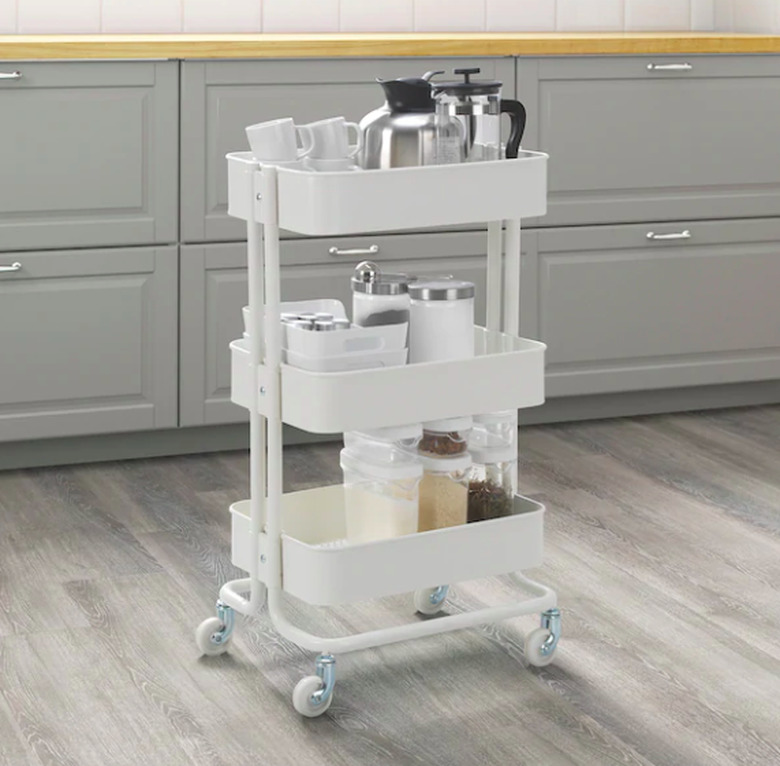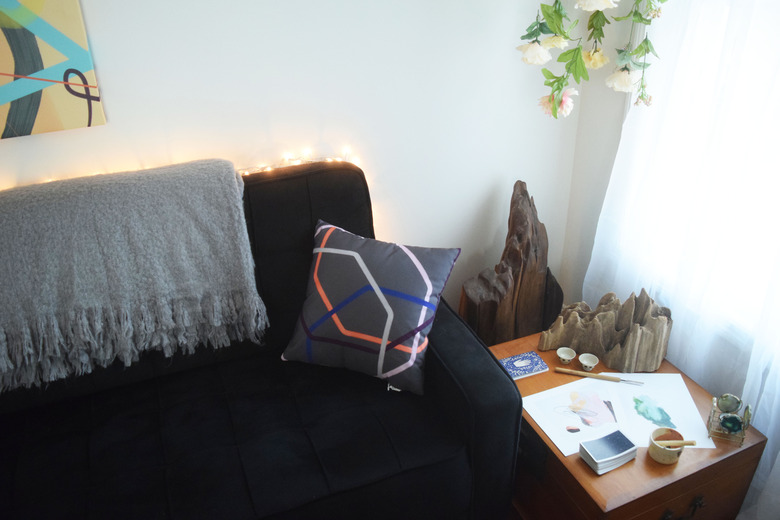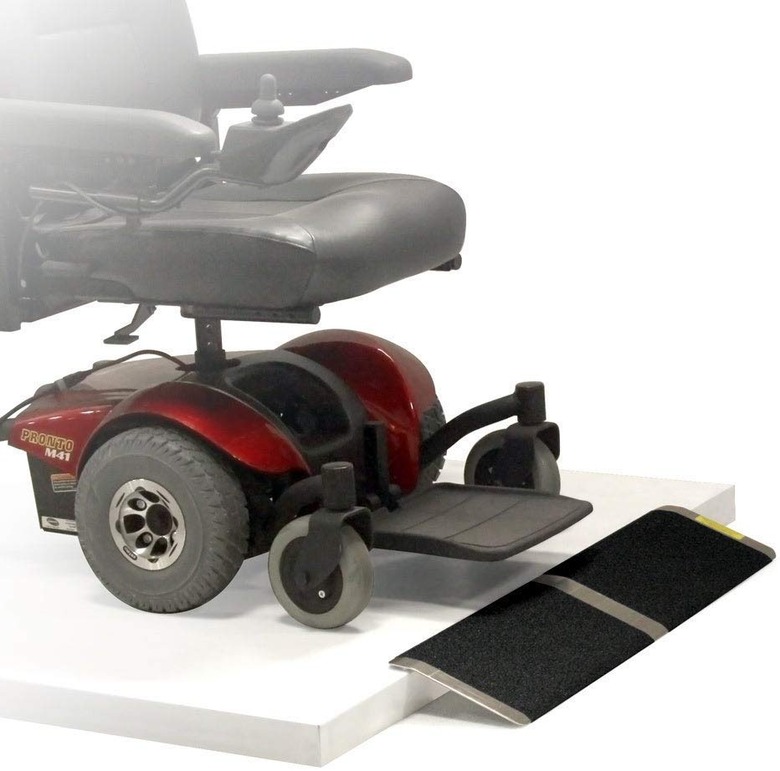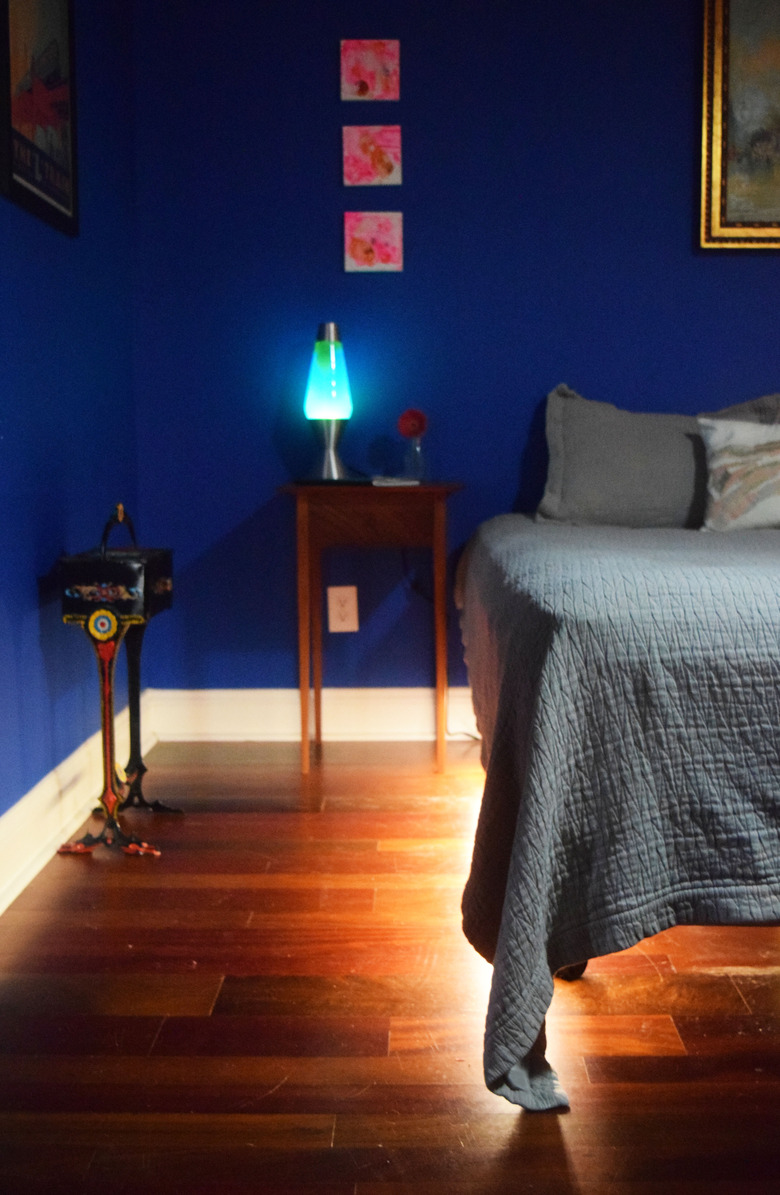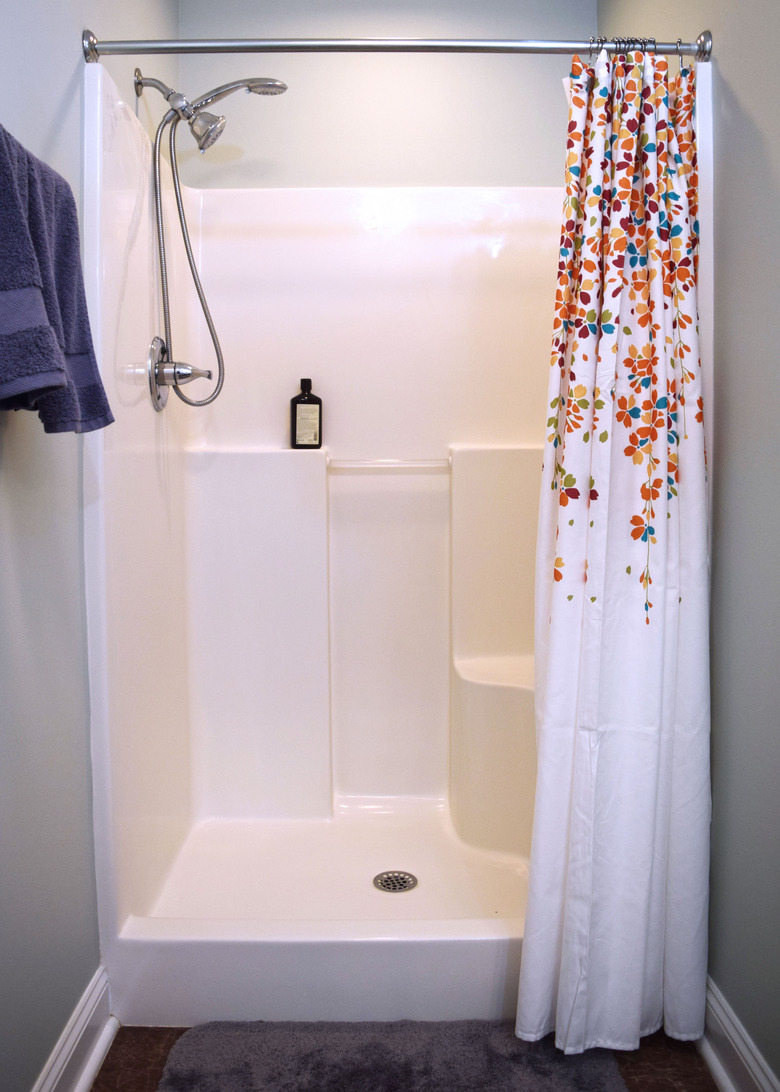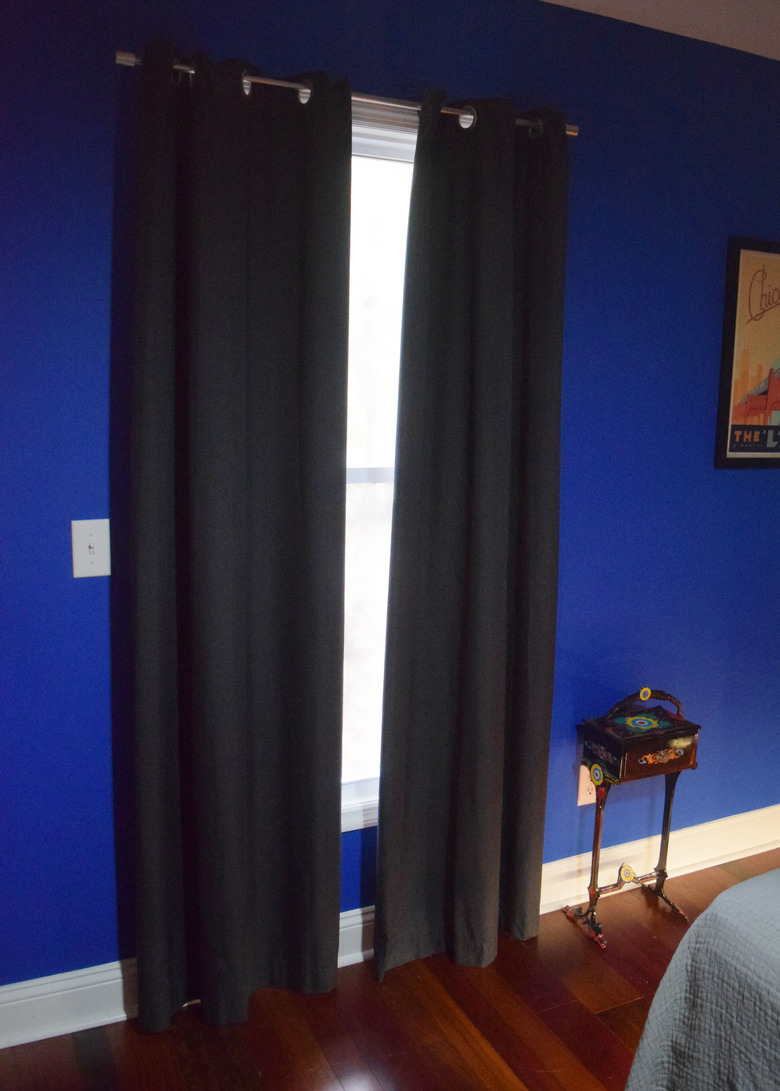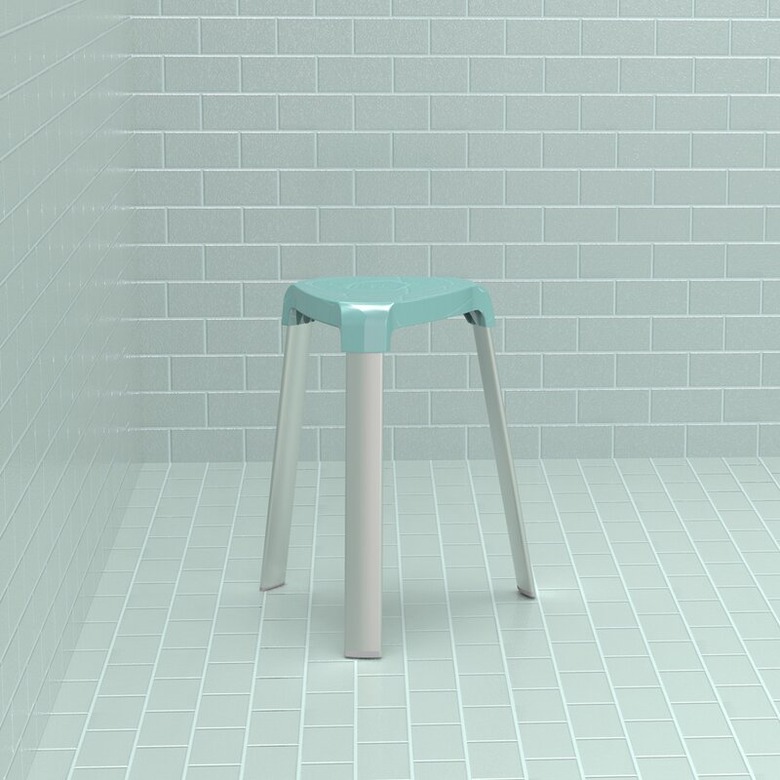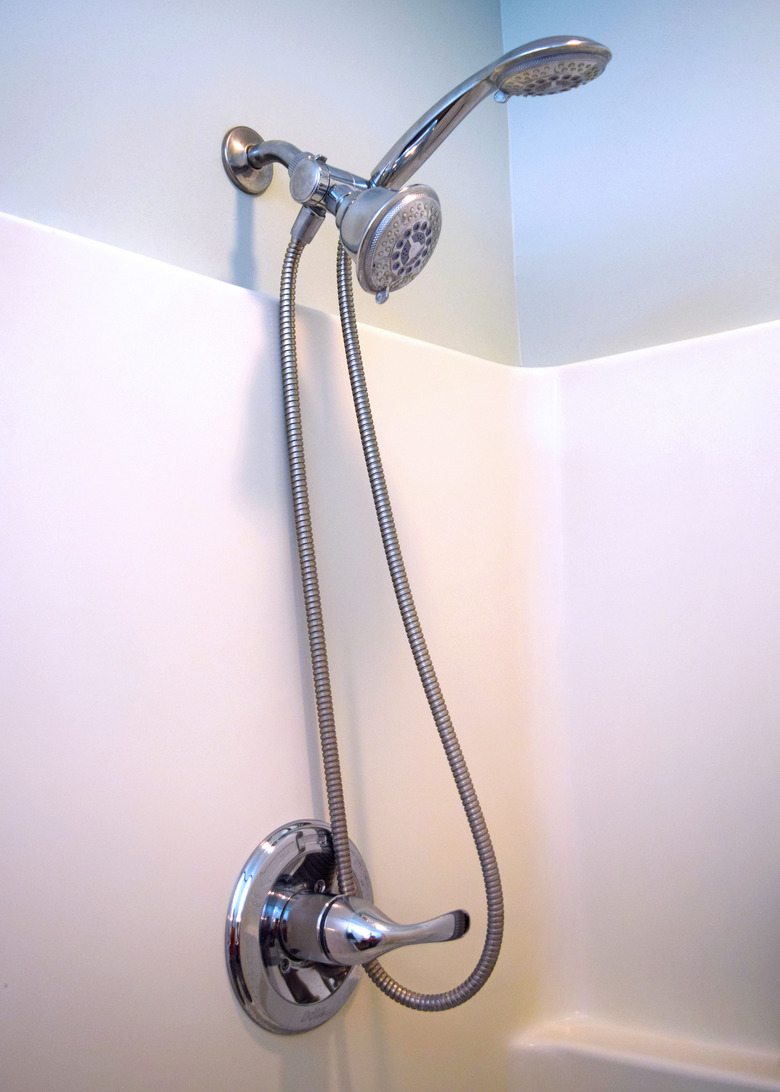8 Small Changes That Made My Home More Accessible
We may receive a commission on purchases made from links.
Any disabled person can tell you that a diagnosis definitely doesn't come with an instruction manual. One important topic surrounding disability that is not often discussed? The necessary changes in our everyday living space.
Adapting our home to accommodate my neurological disorders seemed a bit daunting at first. My conditions affect everything from my balance and vision to my strength and sensation, and my abilities can vary from day-to-day. My mind raced at the thought of ramps, construction, and codes. Yikes, right? As an artist married to a furniture maker, we worked together to find creative ways to adapt our home to accommodate my health conditions as well as my mobility aids, which include a power wheelchair, walker, and cane.
While we might have had a bit of an edge by being makers, we still found several ways to adapt our space without a lot of cost or effort. Here are eight small ways we made our home more accessible for myself and my disabilities:
1. Create a quiet space.
1. Create a quiet space.
Some of the disorders I have can cause my brain to get overexcited by outside stimuli such as bright light or loud noises. And honestly, who doesn't need a minute to themselves every once in a while? To help at home, I created a quiet corner in my studio for when I need to calm my mind or draw up some inspiration for a project.
To make this space accessible for an extended period of time, I purchased a sleeper sofa with a Serta mattress so I can lay down more comfortably if needed. I created a small altar nearby on top of an antique chest; soft lights and candles help to calm my overworked nerves.
2. Use threshold ramps to keep things moving.
2. Use threshold ramps to keep things moving.
As a new ambulatory wheelchair user, I now face a particularly challenging form of inaccessibility on a daily basis — stairs, curbs, bikes, uneven bricks, and holes keep my wheelchair from going everywhere I need it to go. Even something as small as half an inch can keep me from accessing a space safely in my chair.
To get my wheels over protruding door thresholds, we opted for small ramps that are fast to install (without undertaking a major construction project). This threshold ramp by Prairie View Industries comes in five different sizes.
3. Let the lights do the work.
3. Let the lights do the work.
Motion-activated or remote-controlled lighting is an easy way to illuminate a space and can be especially helpful when dealing with chronic pain or fatigue. We have remote controlled ceiling fans and lighting throughout our house, but we also installed a motion-activated LED lighting strip under our bed so I can see well during the night. For an even easier installation, there are smaller adhesive options that will let you stick a light practically anywhere.
Never underestimate the power of a dimmer switch. When I have a migraine, dimming the lights helps manage my symptoms without completely darkening the house for the rest of my family — and it doesn't look nearly as strange as when I wear my sunglasses indoors.
4. Keep handrails handy.
4. Keep handrails handy.
Having a motion disorder combined with weaker lower extremities has earned me the title of being a "fall risk," so I've decided to embrace it and make that my next tattoo. On a more serious note, it obviously makes for a dangerous situation in areas with wet surfaces. I get dizzy easily and my world is constantly moving, as my brain has to work a bit harder to process motion. Having a handrail in the shower helps me stay safe, steady, and upright.
Other areas to install grab rails are near the toilet and the sink area. Falls can cause terrible injuries and complications, so the safer the better. Models like the Tuscom Bath Safety Handle have a great no-drill, adjustable option. It adheres to several types of surfaces using suction cups and can be effortlessly moved around the house.
5. Opt for blackout curtains.
5. Opt for blackout curtains.
Blackout curtains are crucial if you deal with sleeping problems or sleep irregular hours. They're helpful on bad days when I get a migraine, or have been up all night with symptoms. It might seem like an obvious accommodation for anyone who is tired (hint: all of us) but they really are vital for when I get light-sensitive and need to rest.
6. Think about organization on wheels.
6. Think about organization on wheels.
In my art studio — where I paint, read, and do admin work — I keep supplies in rolling plastic cabinets so I can painlessly move my tools around the room. In a living area, a clever way to stay organized and easily move personal items around is a rolling bedside table or cart.
This simple and affordable option is excellent for keeping supplies like heating pads, snacks, medicines, and magazines nearby. It can conveniently move from the bedside to the couch or desk and looks like modern art rather than stale medical equipment.
7. Include a seat in the shower.
7. Include a seat in the shower.
Another important safety feature I need in the shower is a seat. I can't bend over without dizziness, so I require a safe place to sit and lather up, shave, or just take a breath. Our shower seat is built-in, but there are lightweight removable shower boards that fit most tubs. I've also seen some fantastic DIY revamps of the standard white and aluminum shower chair and stools. I like the Smart Foot Seat as a somewhat affordable yet well-styled stool for any shower. It's lightweight, easily portable, comes in two different color options, and is easy to clean.
8. Invest in removable showerheads.
8. Invest in removable showerheads.
Removable showerheads might seem like a luxury feature, but they are really important for someone with limited motion and balance issues. A removable showerhead fixture can make a huge difference in being able to bathe and care for oneself independently day-to-day. They are also particularly helpful after having surgical procedures and trust me, there's nothing like getting a little privacy after having surgery.
Since I bought the Hydrolux Handheld Showerhead and Rain Shower Combo, my only regret is not buying it sooner! Dual shower heads let me focus on my back while using the other to rinse. It was super easy to install and has been a game changer in preventing pain and dizziness. Showers are so much easier now, and it's been a great value for the affordable price.
